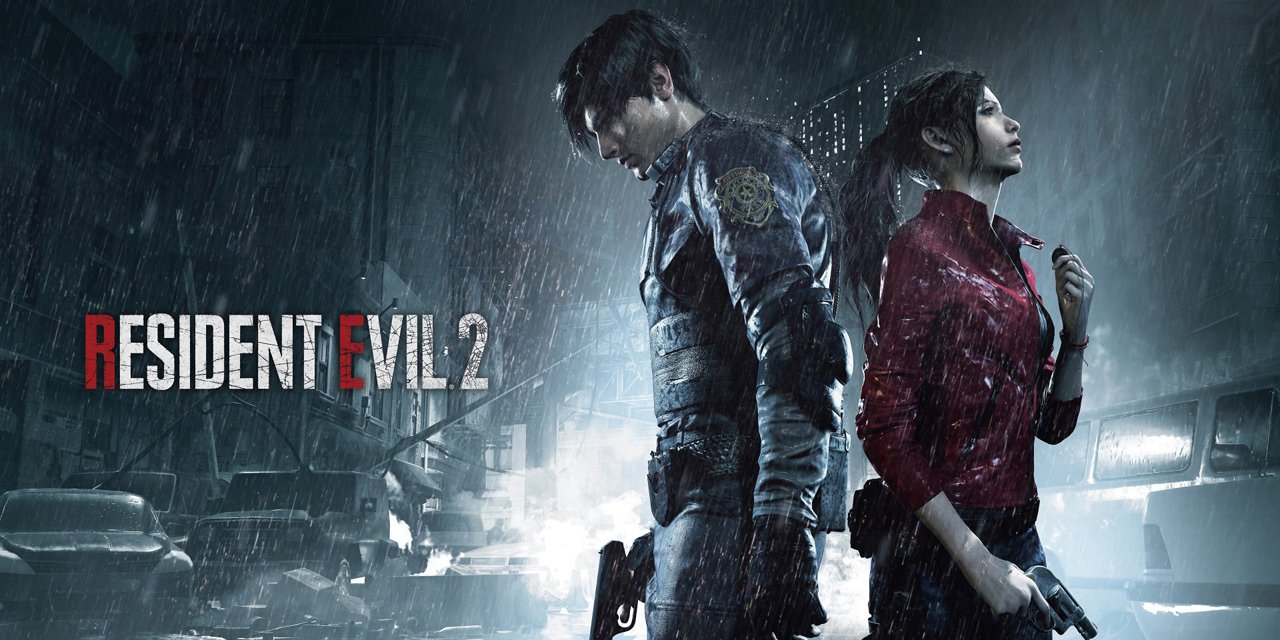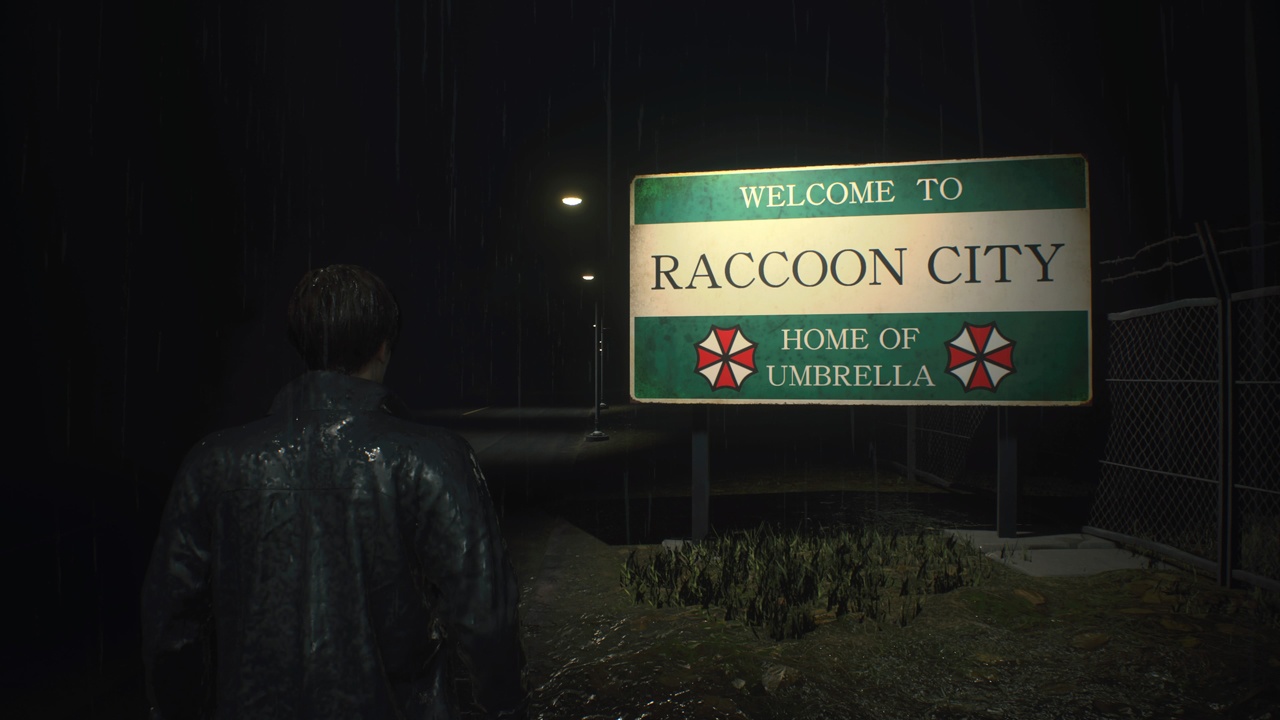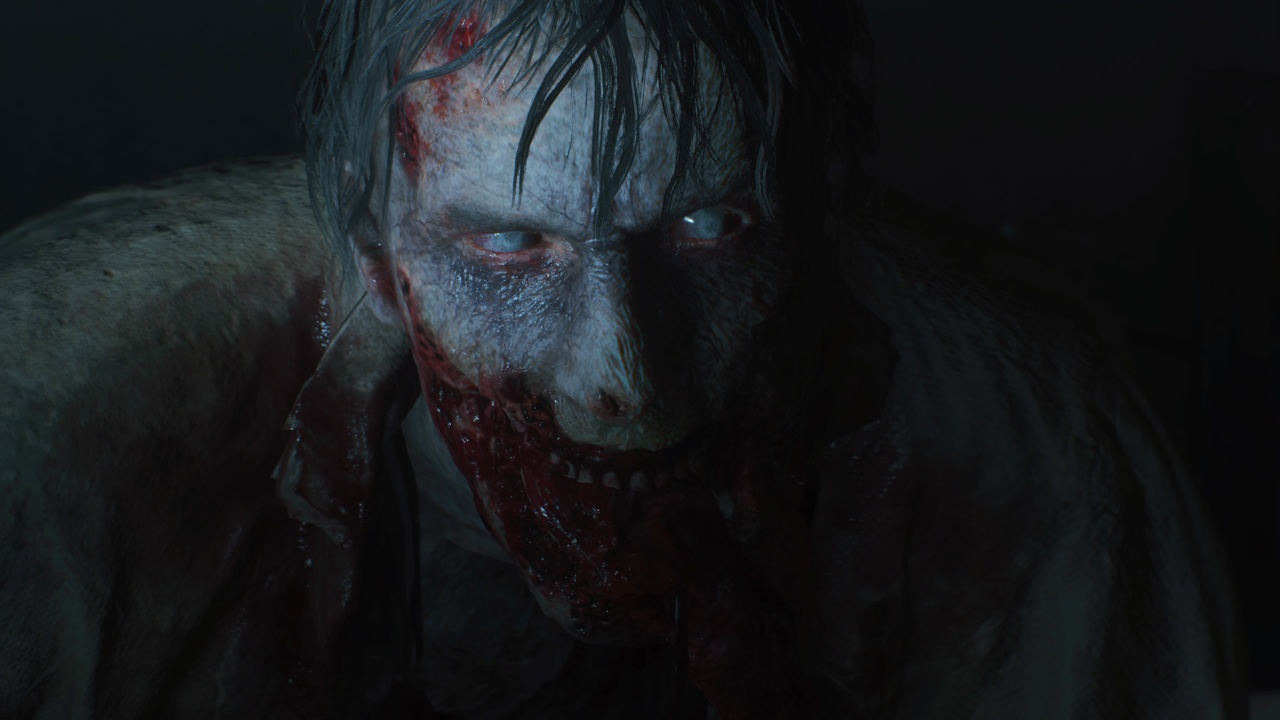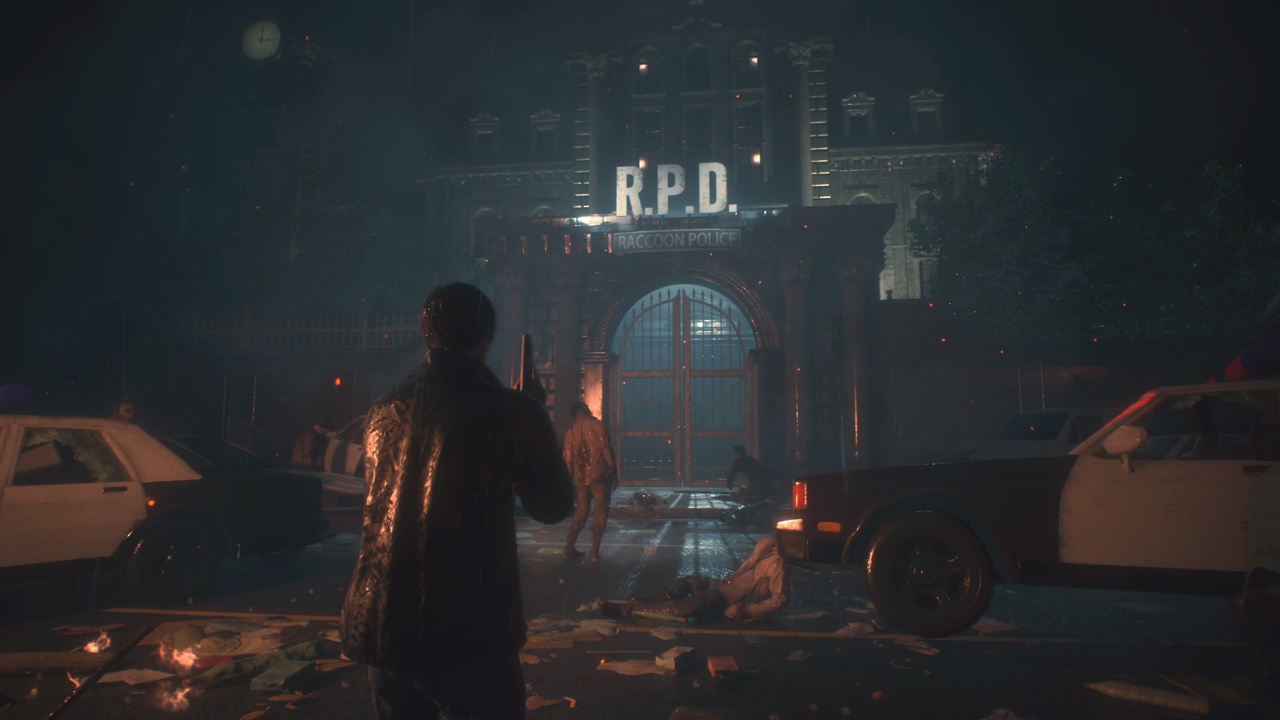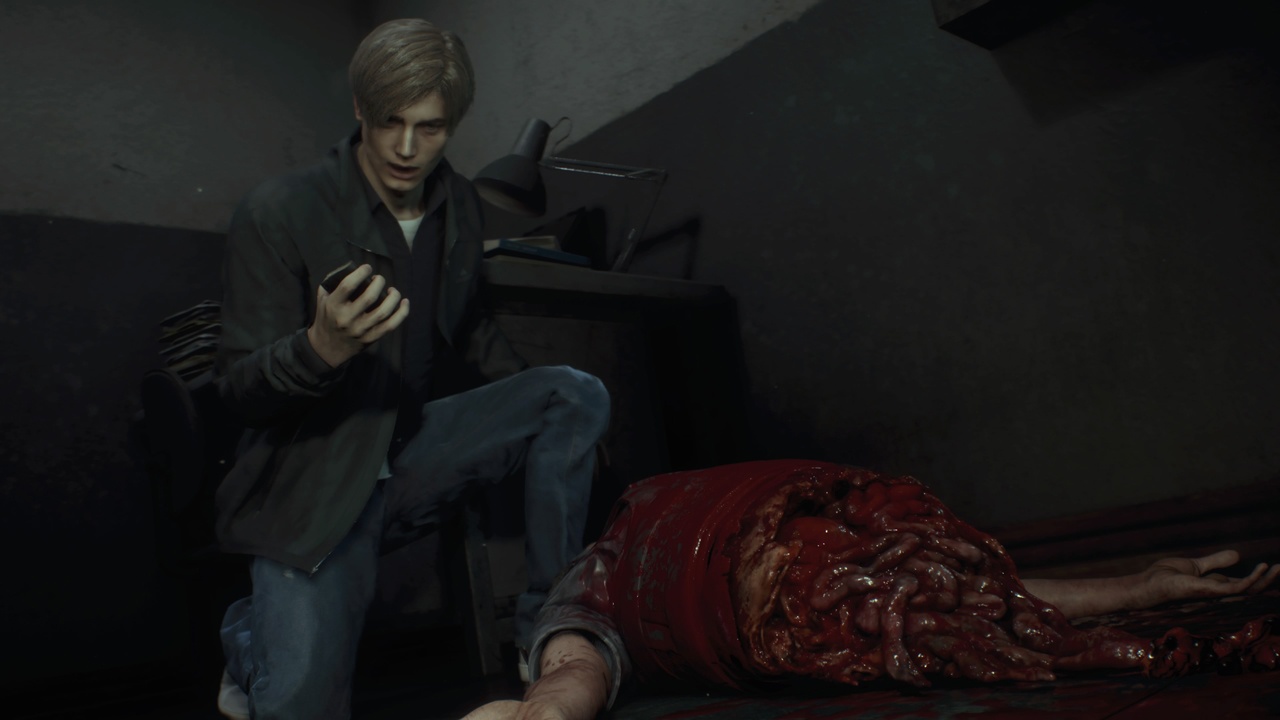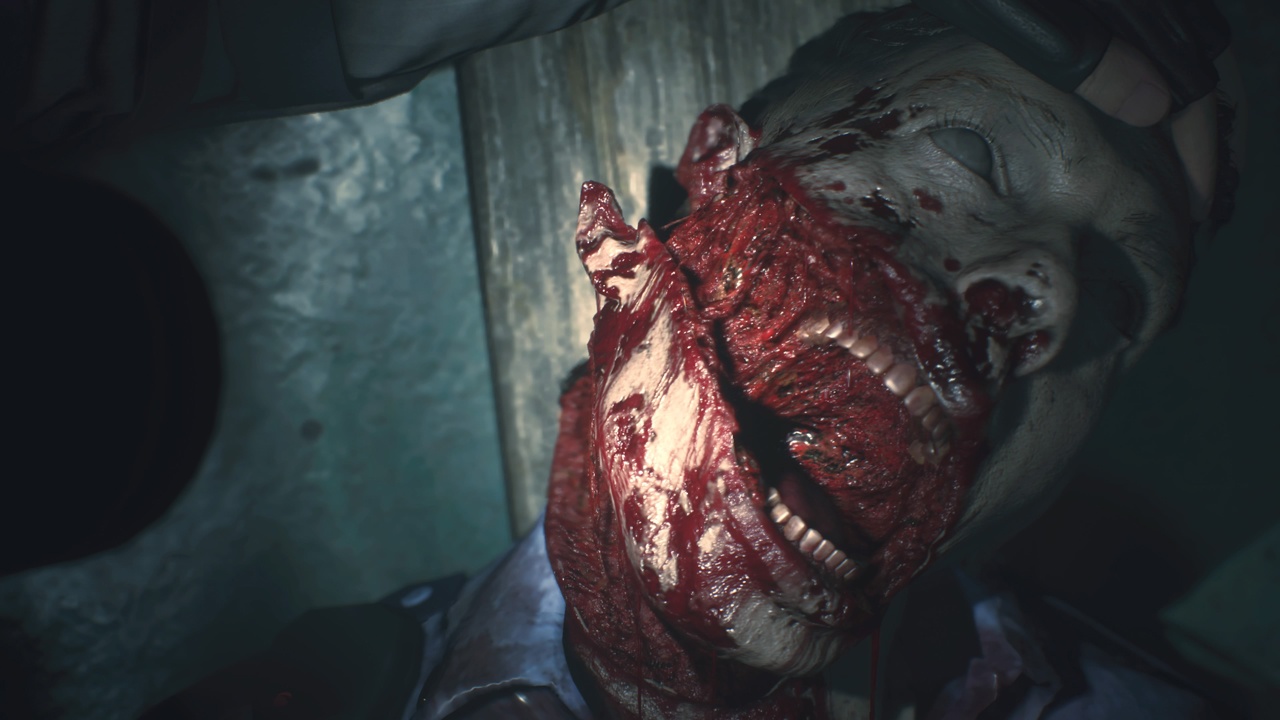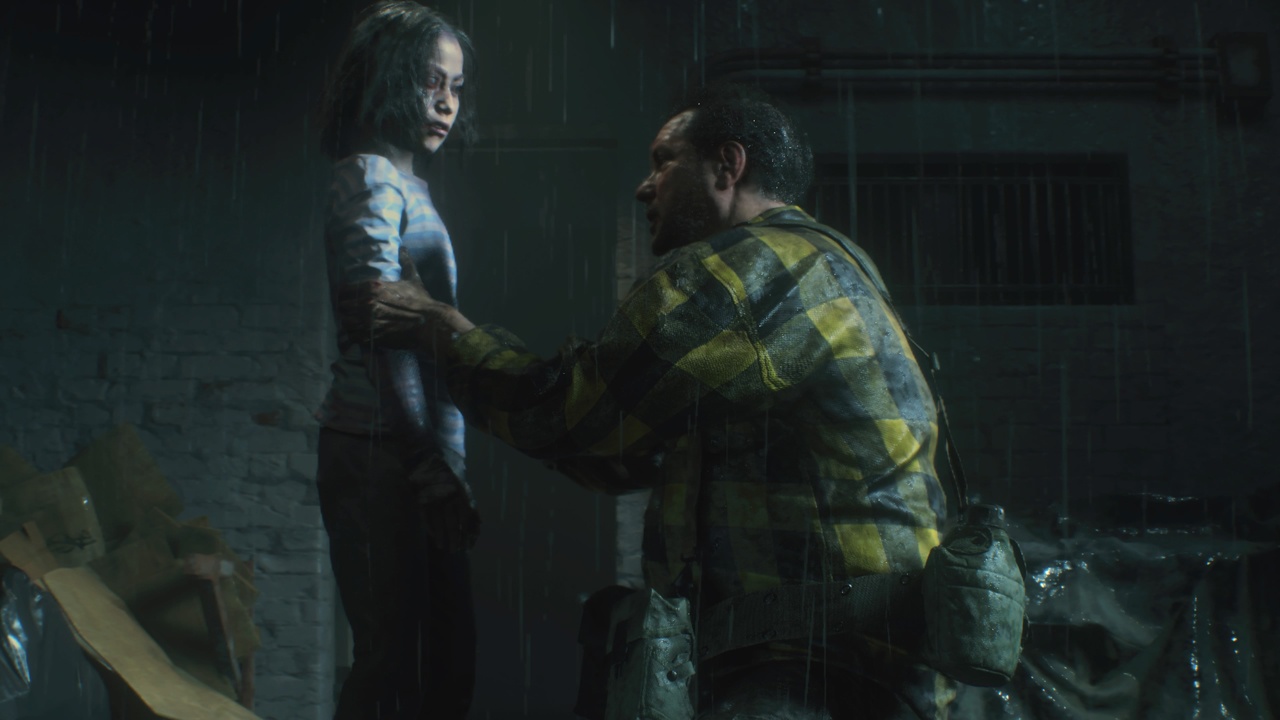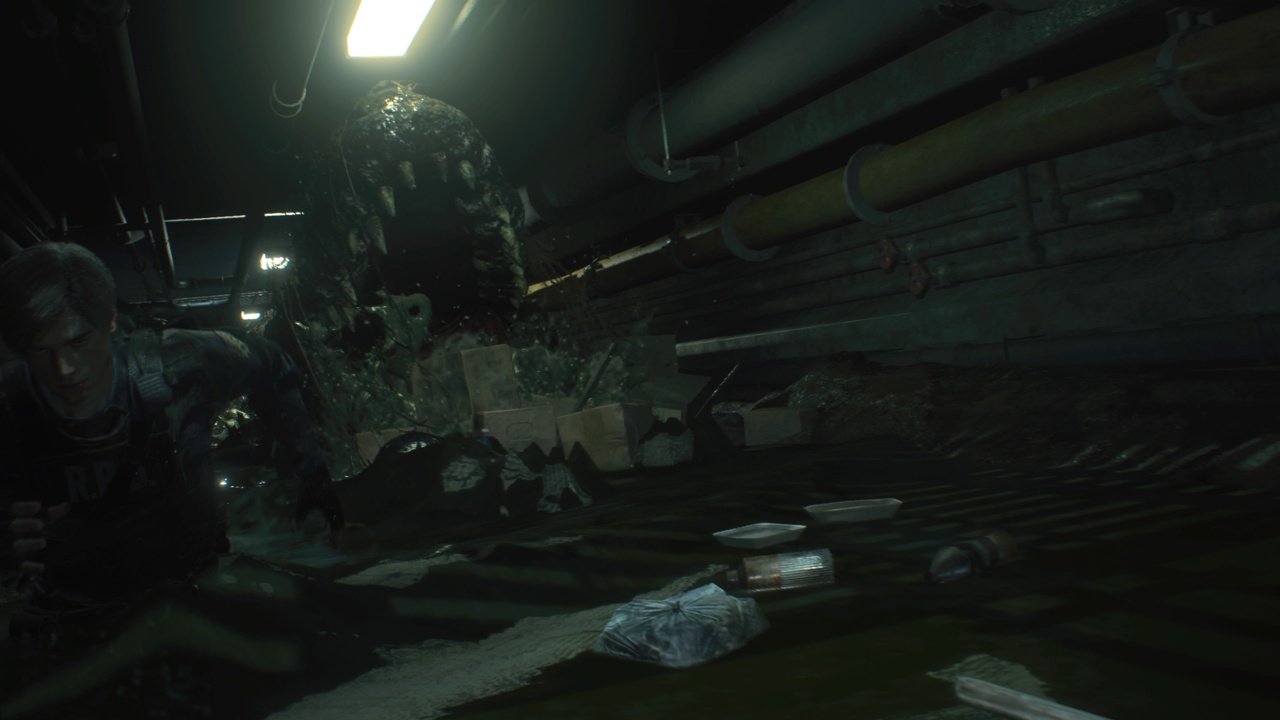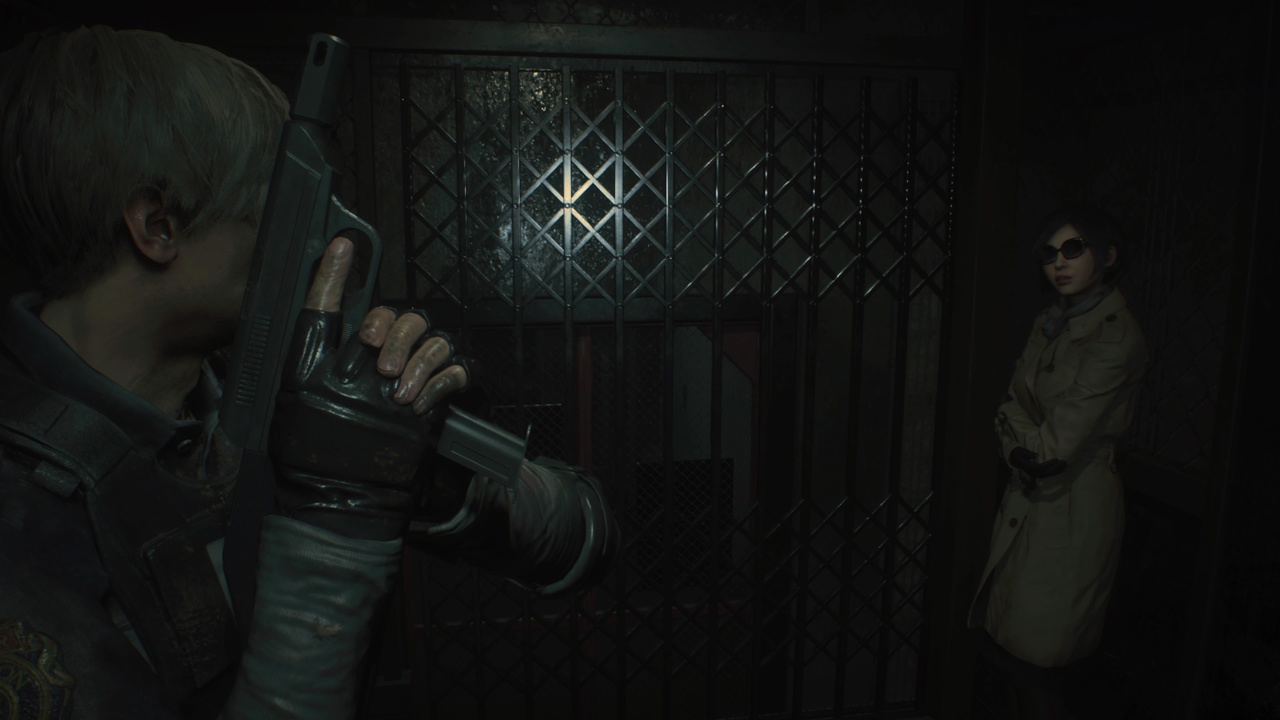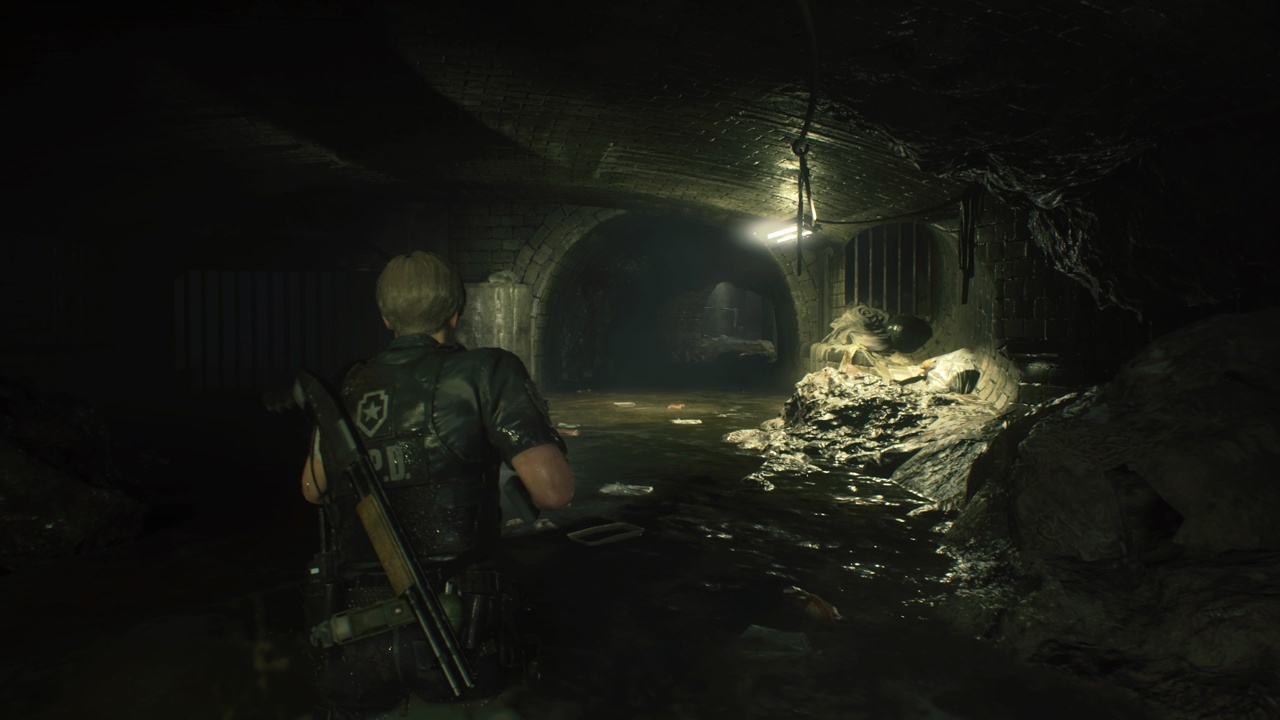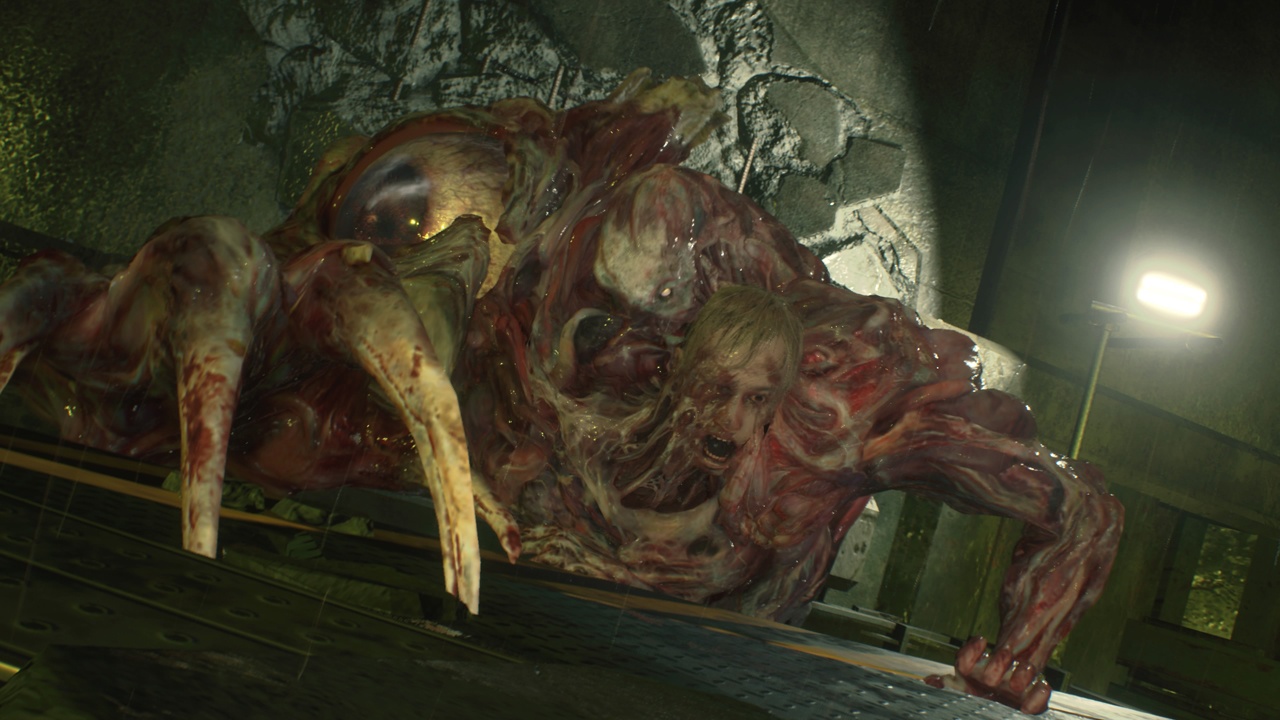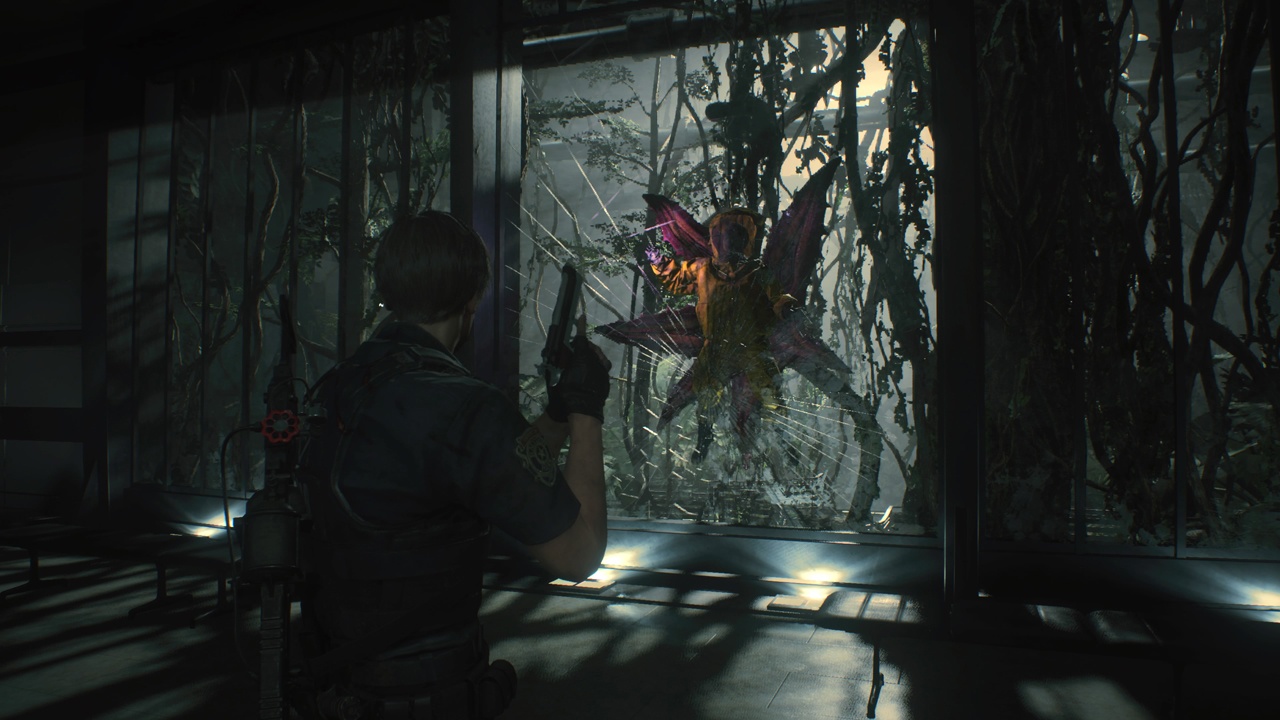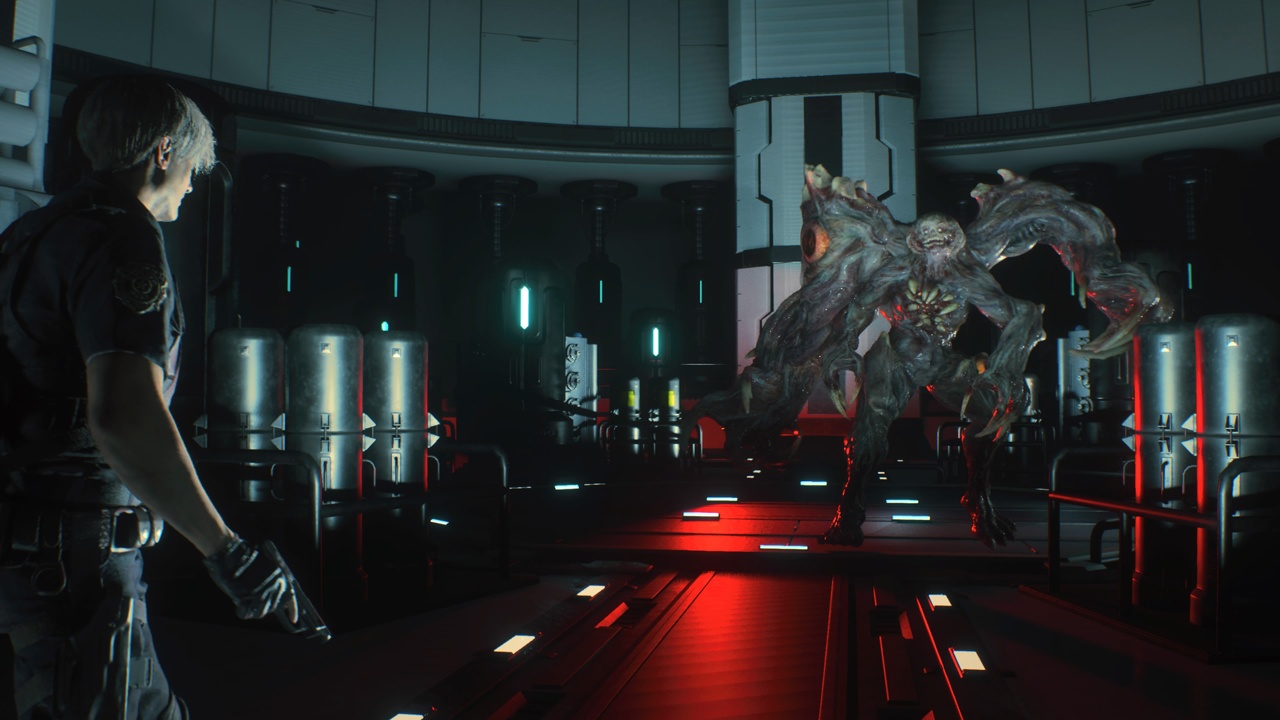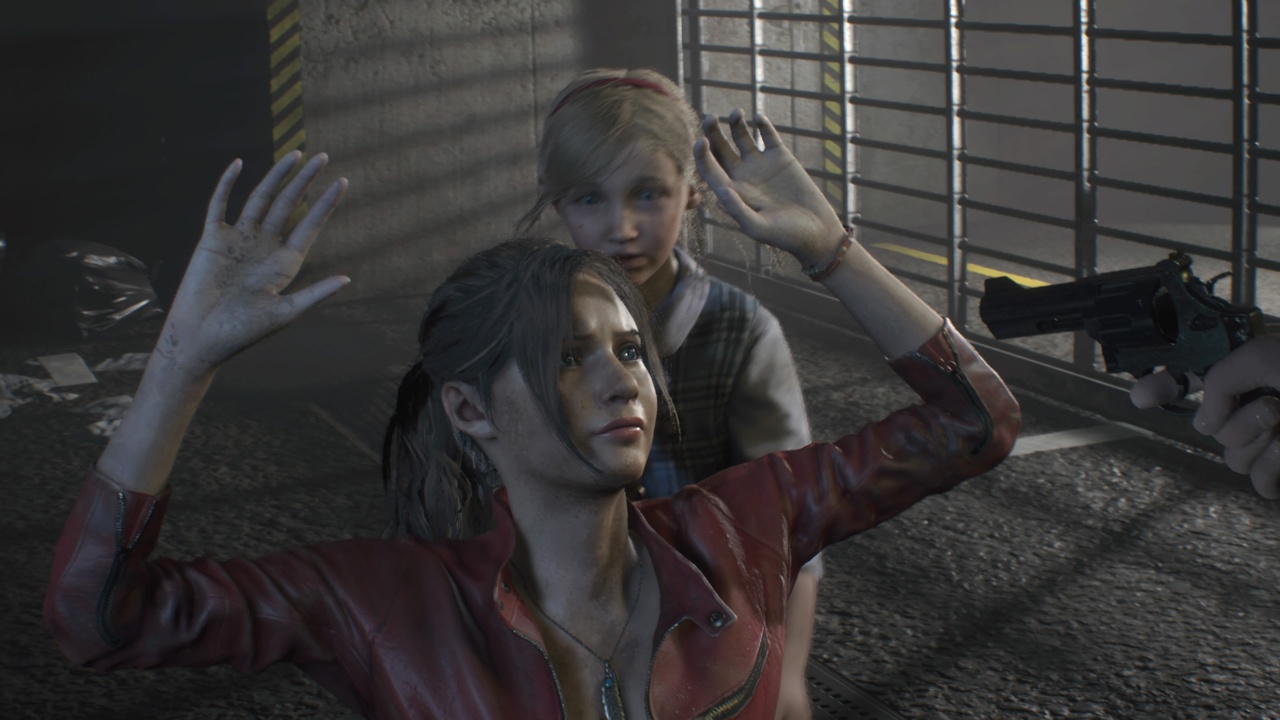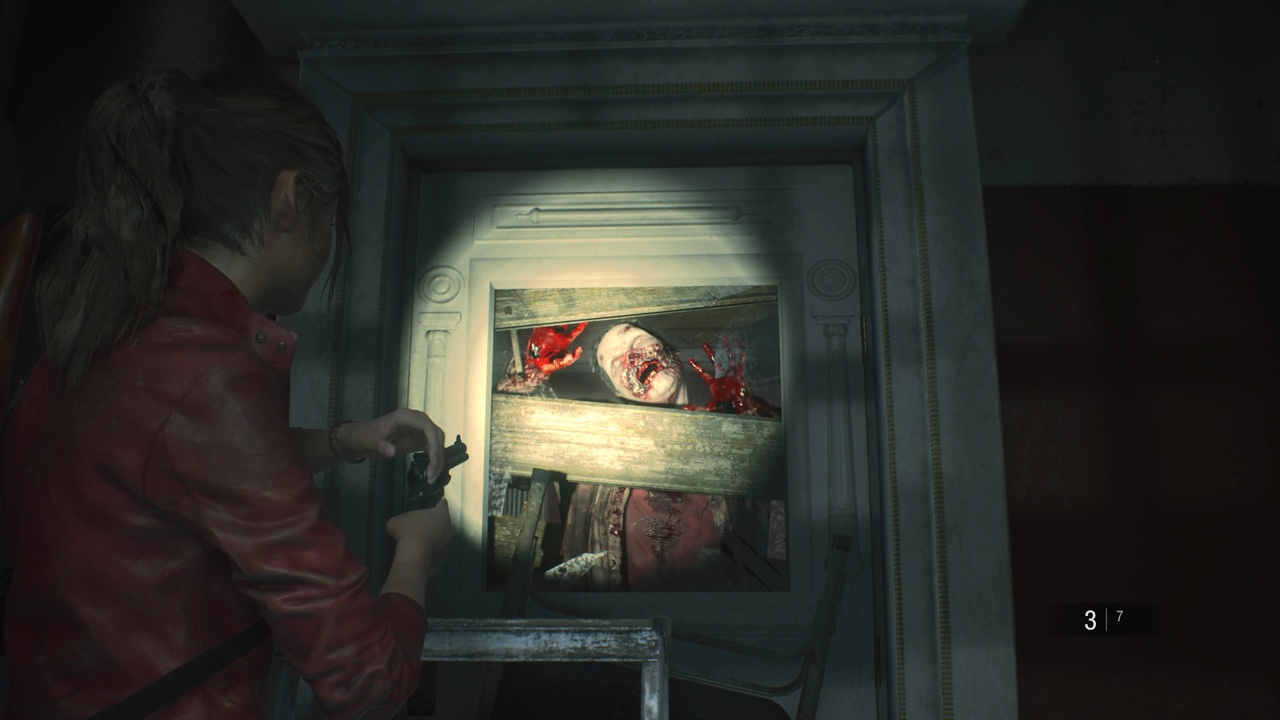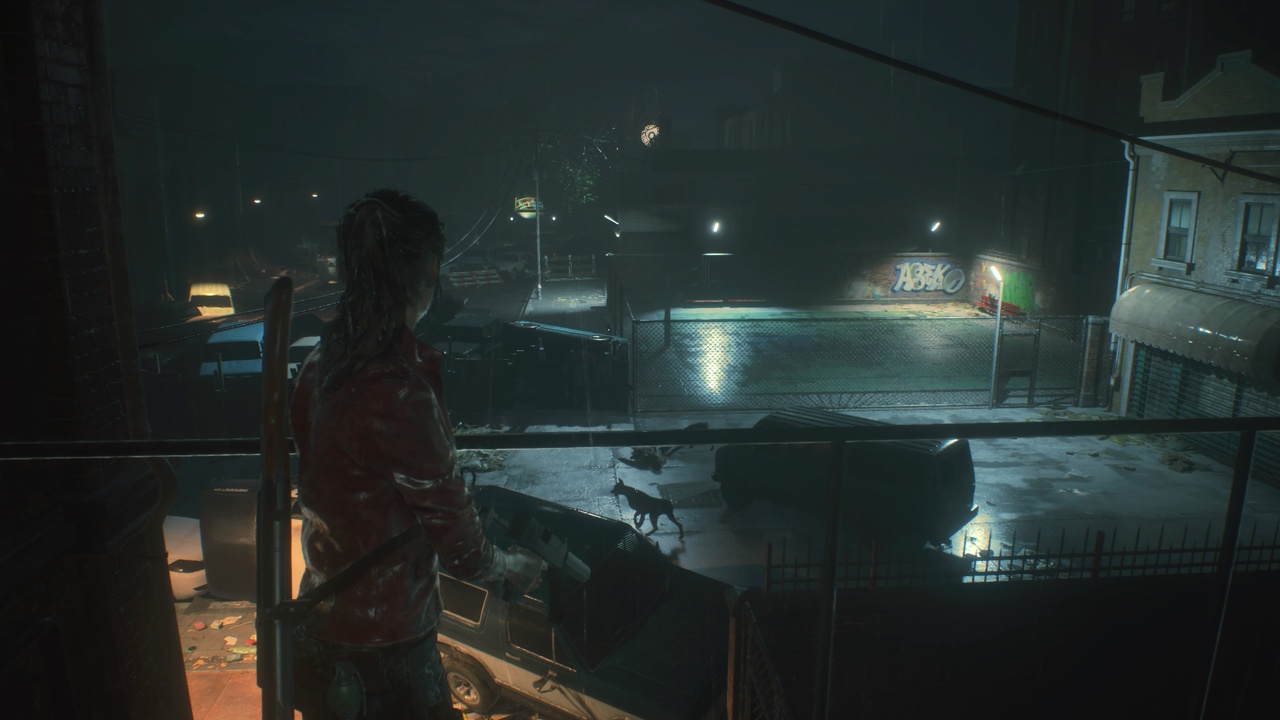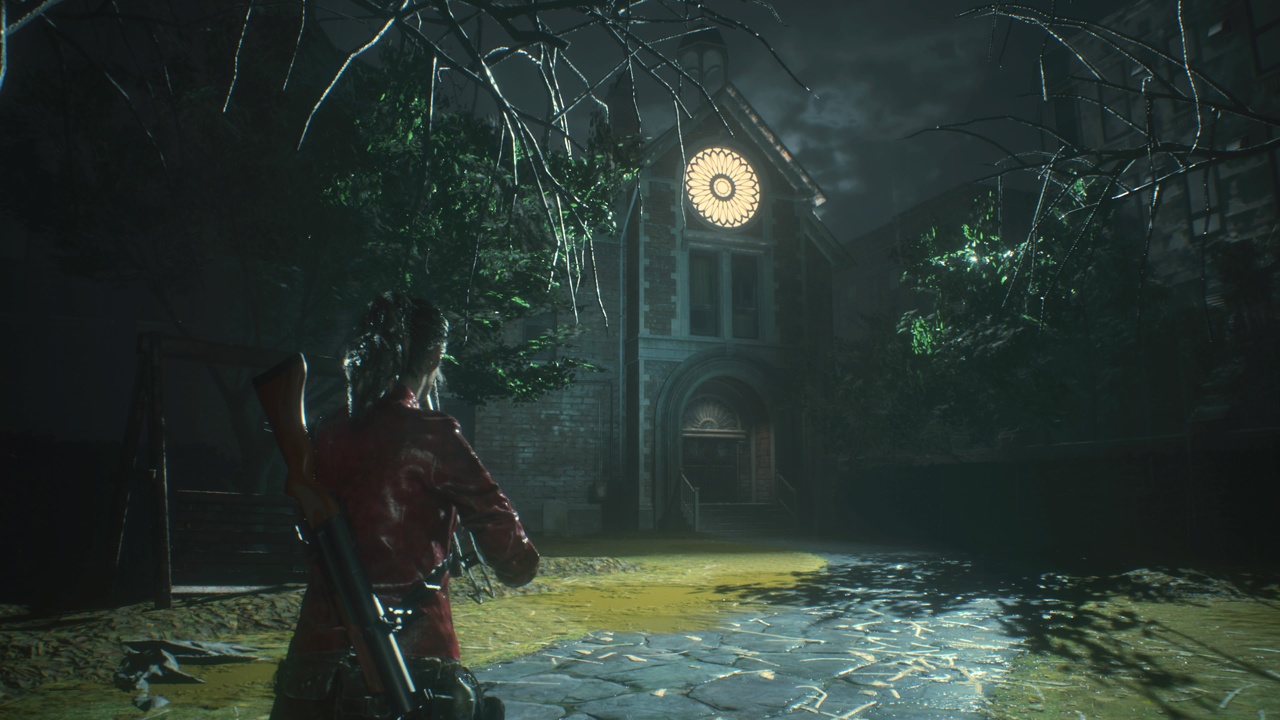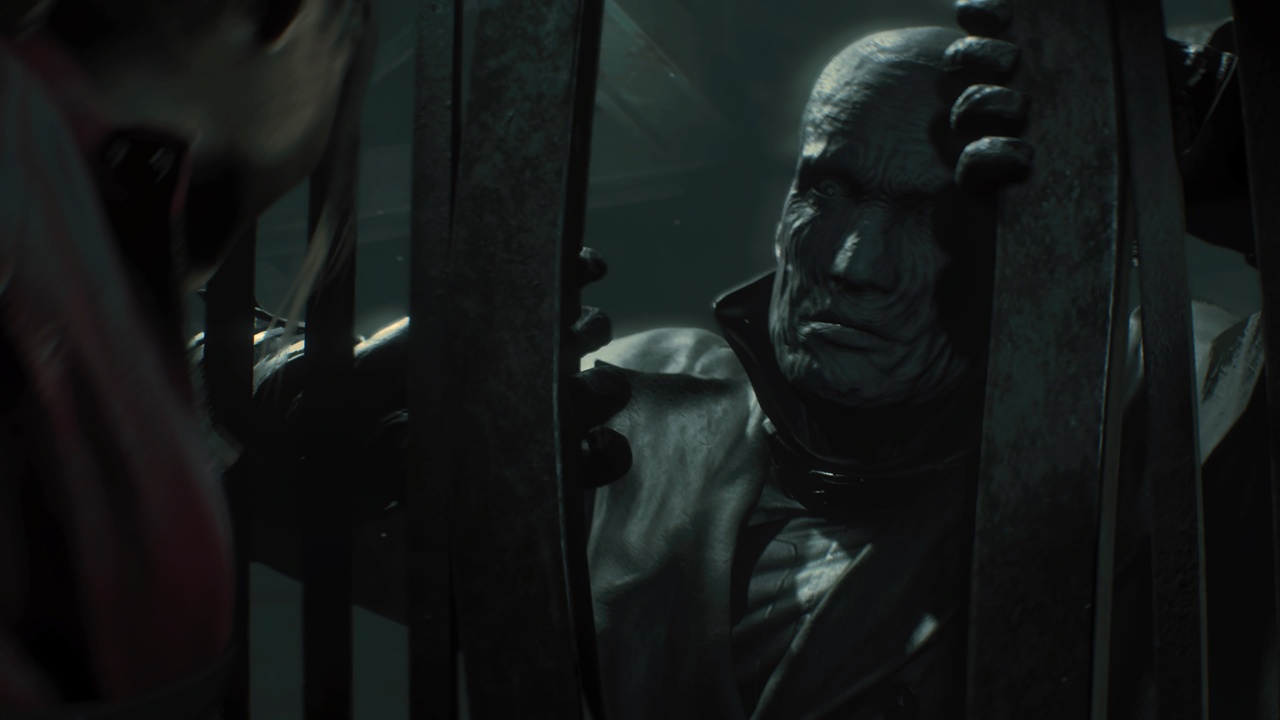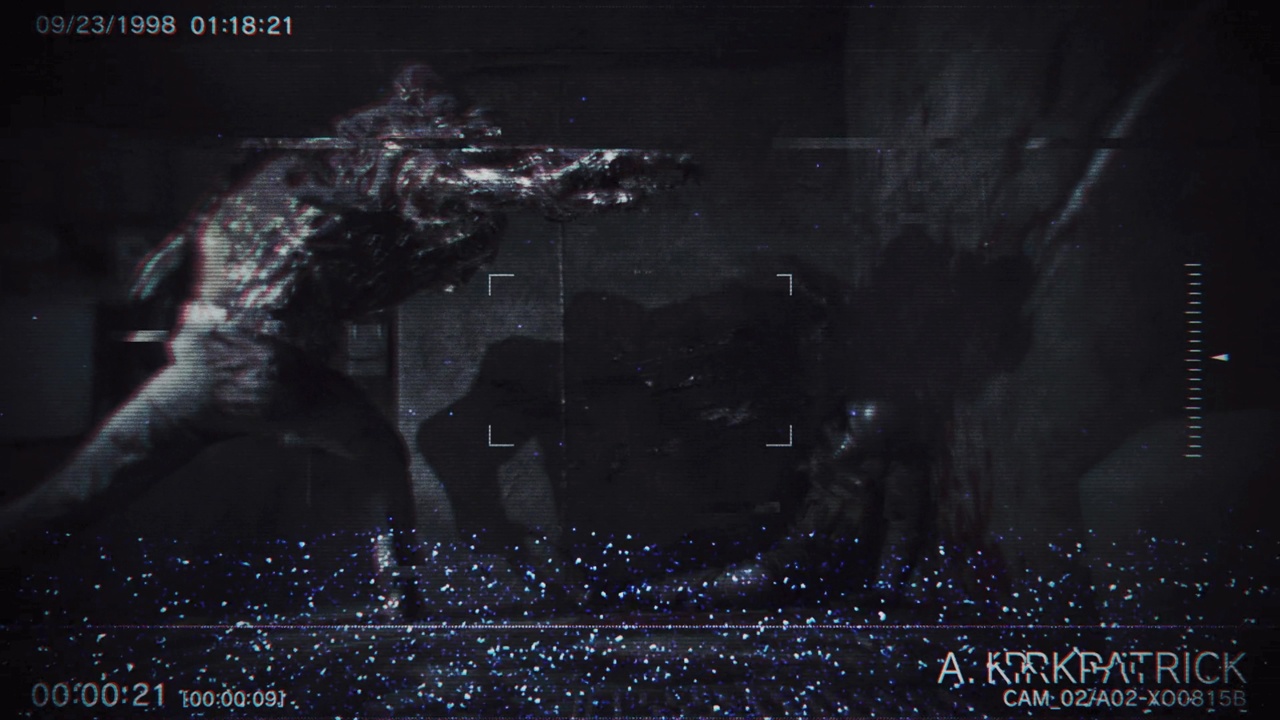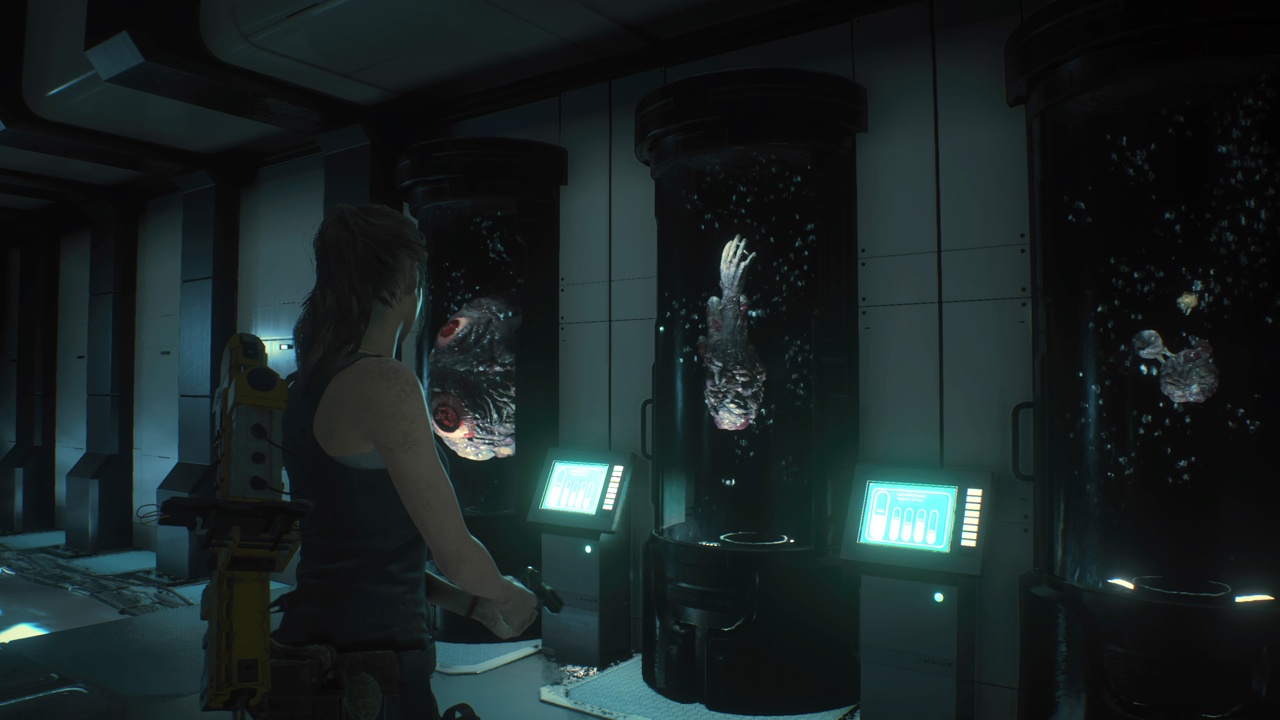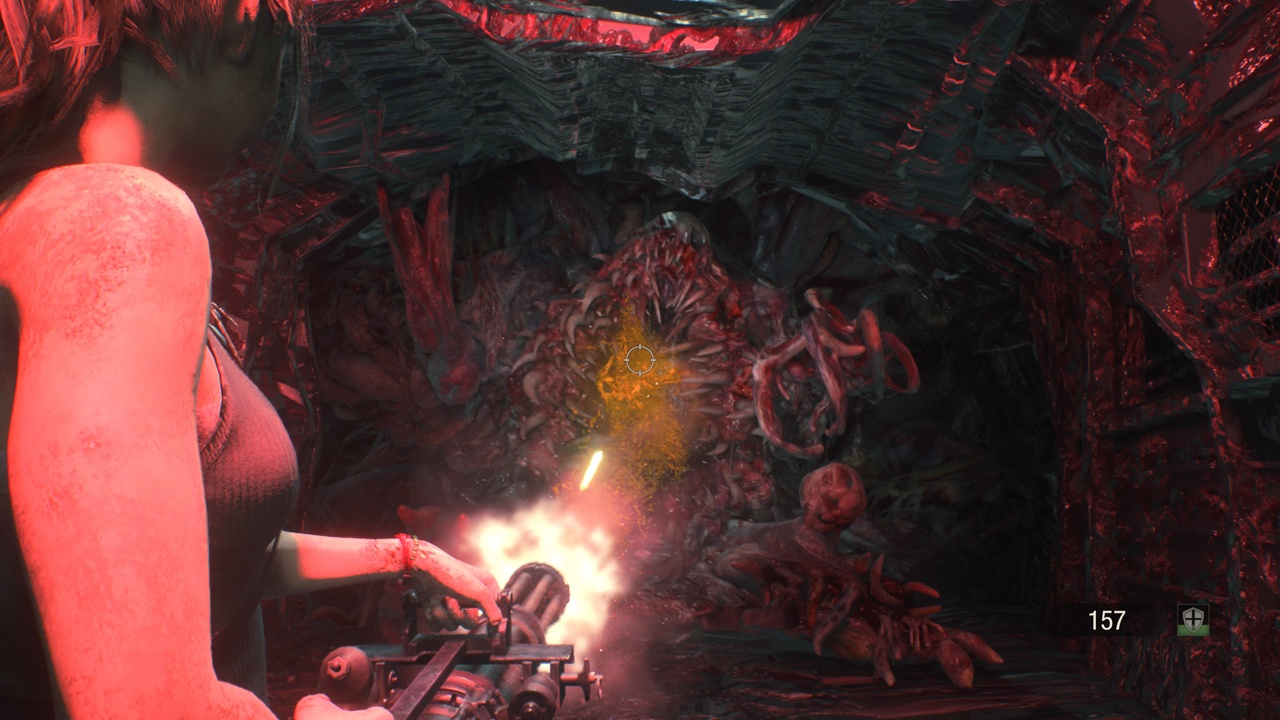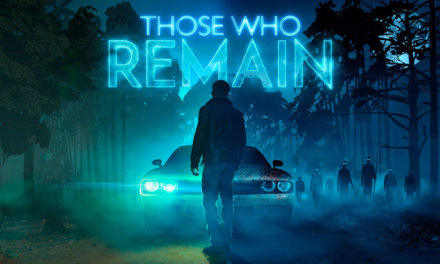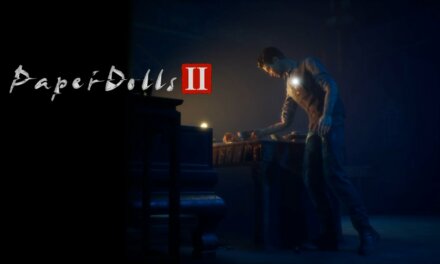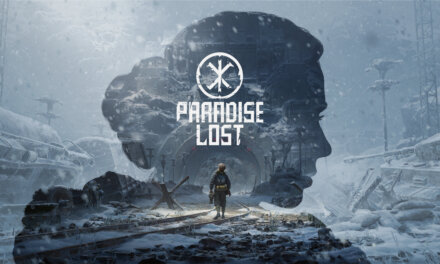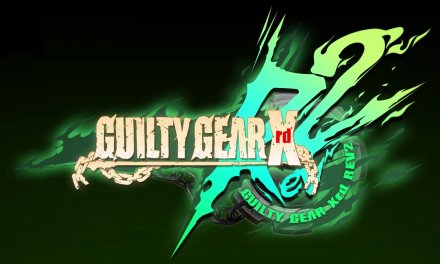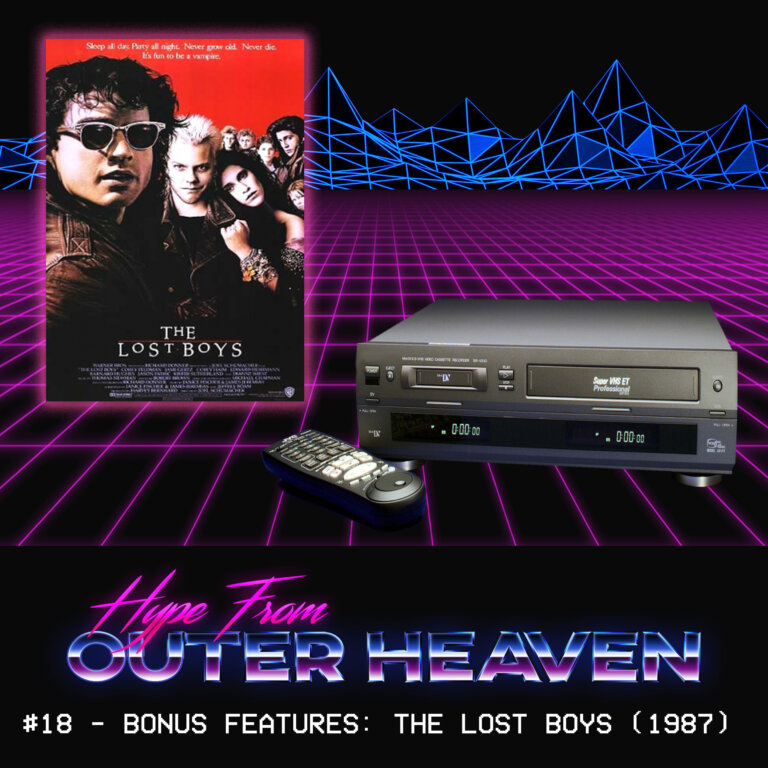“Can you survive the horror?”
Officially announced in August 2015 (with the fan demand going back much further) the remake to 1998’s Resident Evil 2 is finally here, and with it comes Capcom’s reimagining of the survival horror classic. Offering two distinct scenarios following both Leon and Claire’s intertwining paths, Resident Evil 2 has been re-built from the ground up to offer a fresh perspective on the original, all the while keeping that nostalgia factor intact. As usual I’ll be covering the PlayStation 4 version, going over the pros and cons of the title as well as whether it’s worth the £44.99 asking price (EU PSN Store).
In terms of survival horror as a household name, most people will tell you that it all began with Capcom’s Resident Evil (1996), which usually springs two names to mind: Tokuro Fujiwara and the ‘father of survival horror’ himself: Shinji Mikami. Initially conceived as a PlayStation remake to Fujiwara’s survival horror RPG: Sweet Home (1989) for the Famicom system, Resident Evil was Capcom’s break away from their Street Fighter and Mega Man IP’s and into a more grounded and realistic experience aimed at mature audiences. When Fujiwara first pitched the idea to Mikami about making a next-gen horror title for the PlayStation, Mikami was reluctant to agree, as he absolutely hated being scared. However, this is what gave Resident Evil it’s edge, as Mikami understood that there was a certain type of horror that could only be created by someone who truly understood what was frightening, going on to say that “you can’t make a horror game if you don’t have any fear”. Resident Evil finally released on March 22nd 1996 in Japan and went on to become a critical and commercial success worldwide over the course of 1996, going on to spawn multiple sequels, as well as extended universe across many different mediums (the first Resident Evil movie is a guilty pleasure of mine).
Work on the sequel to 1996’s Resident Evil began roughly one month after its completion, with a build of the new title (dubbed Resident Evil 1.5) being scrapped nearly two thirds of the way through development by Mikami in early 1997, as he felt that the current build of the game was inadequate. However, with the help from professional screenwriter: Noboru Sugimura and following the release of Resident Evil: Directors Cut (an ‘uncut’ version of the first title, which released ‘cut’ due to a printing error) Resident Evil 2 (1998) was born, and eventually arrived on the PlayStation on January 21st 1998. The series was once again a critical and commercial success for Capcom, with Resident Evil 2 being praised heavily for its emphasis on atmosphere, graphical fidelity and gritty storytelling, as well as being vastly superior to its predecessor in nearly every conceivable way. Following the 2002 remake of Resident Evil for the Nintendo GameCube, calls for an official remake (of the same vein) of Resident Evil 2 was the hot-topic of Capcom’s fan-base for nearly two decades, with their prayers finally being answered in August 2015 with Capcom’s announcement that they were hard at work on a remake of the original game for modern consoles.
The Resident Evil 2 remake follows the same narrative as the original game, and sees green survivors: Leon S. Kennedy and Claire Redfield arrive in Racoon City for reasons all their own, only to find themselves surrounded in a sea of zombies the moment they arrive. Following an accident that ends up separating the pair, both Leon and Claire make their way to the RPD police station (which was converted from an art museum in the late 60’s) for shelter, and to try and find a way to escape from the city alive, only to learn early upon arrival that the station isn’t as safe as they initially thought. The first big noticeable change right off the bat is how much more grounded and cinematic the game is this time around, making effective use of the game’s surroundings as well as fleshing out previously minor characters such as Lt. Marvin Branagh and Police Chief Brian Irons, so that the characters actually hold some level of emotional impact (both good and bad) when the inevitable finally happens (if you know, you know). Secondly is the attention to detail within the games environments, which have been re-built from the ground up to be both heavily recognisable yet new enough that it presents a entirely new experience of its own; presenting some of the best nostalgia I’ve experienced in years, while still being terrifyingly unfamiliar to the point where shitting myself at a moment’s notice was a real possibility.
In terms of the scare factor, a lot of the aspects of what made the original so terrifying (tank controls, fixed camera angles etc.) are absent for the remake, but that doesn’t detract from the experience one bit, as Capcom have paid exceptional attention to detail in terms of environment design, utilizing room layout, lighting and other effects to cloud the player’s perspective, hiding enemies in plain sight (which is horribly effective) in an effort to make the game as atmospheric as possible (in which they have achieved beyond words). Another aspect is the game’s rank and file enemies, the zombies, who have been retroactively re-designed to be terrifying this time around, featuring a plethora of different walking animations, groans as well as complex AI that not only makes them react to sound and light, but in regards to how they will attempt to circumvent the player’s belief that they are down for the count, only for them to jump back up and tear a chunk out of you without a moment’s notice (when you’re shooting every corpse in the head, just in case, you know the game is working as intended). Something that has definitely been changed for the better this time around are the creatures know as Lickers, which are completely blind, allowing you to sneak past them and conserve ammo if you move slowly (and are feeling ballsy enough). However, all bets are off if they do hear you, as they are some of the deadliest enemies in the game this time around, and will chase you down with reckless abandon should you think fleeing is a good idea (take it from me, it isn’t). If at any point you begin to feel safe within the station, you can kiss all that goodbye the moment the that the T-00 Tyrant turns up (or Mr. X as he’s known in the novelisation). The moment you hear heavy footsteps begin to get closer, you have the choice to either run or hide, but know that every time you move to a new area and begin to feel safe, the Tyrant is only a few feet behind (imagine what they could do with the Nemesis if Capcom decides to remake Resident Evil 3: Nemesis).
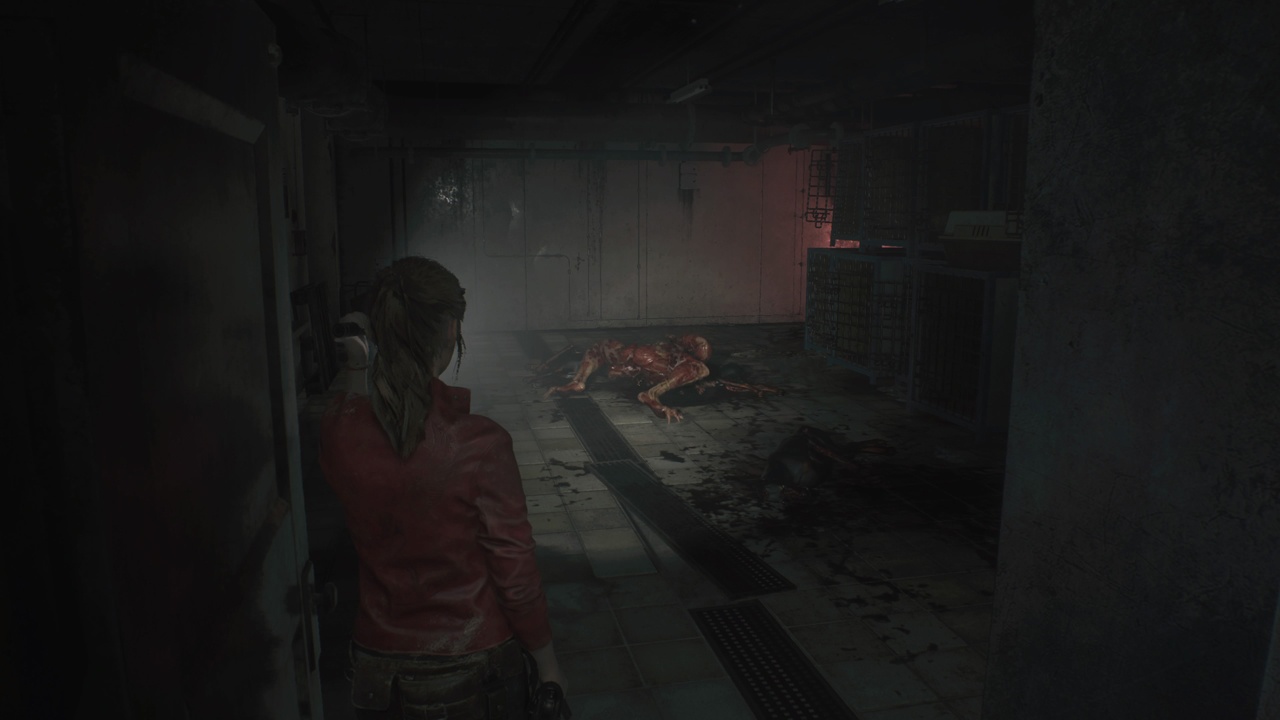
Making use of the exceptional RE Engine (previously used in the stellar Resident Evil 7: Biohazard) Resident Evil 2 is a technical powerhouse, both in terms of aesthetics and raw performance. For starters the game comes 4K enhanced with HDR options to boot on the PS4 Pro, boasting a solid 3840x 2160p resolution while supporting a consistent 60fps frame-rate, which is a marvel of engineering for consoles. The gameplay has also had an overhaul, ditching the fixed camera angles (a decision that I was initially concerned with) in favour of the OTS aiming system found in Resident Evil 4 (2005) which has been used in conjunction with Capcom’s 3D sound-stage that raises the bar in terms of the game’s audio, something that would not have worked with the shifting perspective of the player character with fixed camera angles. In addition, the inclusion of a real-time damage system this time around makes both the weapons and enemies feel all the more grounded in reality, giving the weapons weight, especially so when popping a zombie’s skull open at point blank range with a shotgun. While this may lead many to think that the combat system (with a strong emphasis on action) has also returned from Resident Evil 4, players can rest easy as the game is very much grounded in horror, survival horror no less, meaning the series’ staples of ammo conservation and item management are back for the remake. In terms of survival mechanics, ammo is more scarce than ever before, opting instead for the use of gunpowder mixing (a mechanic only previously seen in Resident Evil 3: Nemesis) to create various types of ammo. Additionally the series classic staple of using a knife as a last resort has also been re-worked, now having a durability meter that goes down every time the weapon is used, going down significantly should you use it to defend yourself if grabbed by a zombie (as seen in the 2002 remake of Resident Evil).
In terms of the campaign and narrative structure, Capcom has opted to cover every aspect of the game’s narrative from both the Leon A/Claire B & Claire A/Leon B dual-scenario strands across two standalone scenarios this time around, as opposed to drip feeding the story across four separate playthroughs as seen in the original game (although there is an option for 2nd scenarios, that may hold some differences). Both scenarios will take anywhere between 6-8 hours each depending on how you play, with further playthroughs being aimed at the game’s hardcore mode (ink ribbons needed to save and tougher enemies) as well as speed runs to achieve that perfect S rank (which usually has some goodies locked behind). The campaign will see you visit most of the areas from the original game such as the aforementioned police station, sewers and the underground laboratory (called NEST in the remake). While all of the games areas have been re-designed from the ground up, nearly all of them encompass elements of the original, just not necessarily in the same order you remember them in, keeping things fresh for both new and old players alike, acting as a testament to the commitment of the R&D Division 1 at Capcom, and their desire to bring a true-to-live remake of the beloved classic to the table.
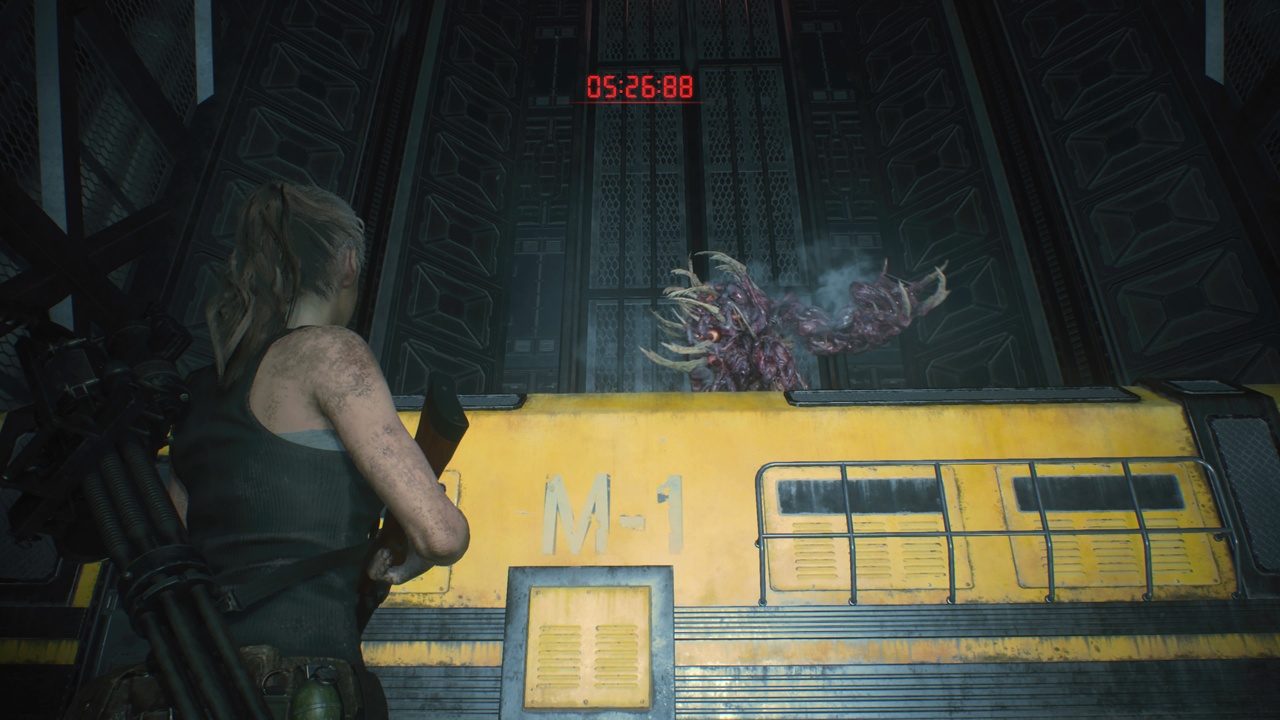
Overall I was blown away with how faithful Capcom has managed to stay to the original with the remake of Resident Evil 2, presenting the game in a modern format while still keeping everything that made the original game so unique intact (if you have pre-ordered the deluxe edition, I definitely recommend playing the game with the original score). After the love letter from Capcom to fans of the original trilogy that was Resident Evil 7: Biohazard, Resident Evil 2 continues the momentum, acting like a culmination of all of the lessons learnt by the series over the 20+ years it’s been established as a franchise, acting as a resonating return to form for the series as the king of survival horror. Bravo Capcom, now keep the momentum going and remake Resident Evil 3: Nemesis…

